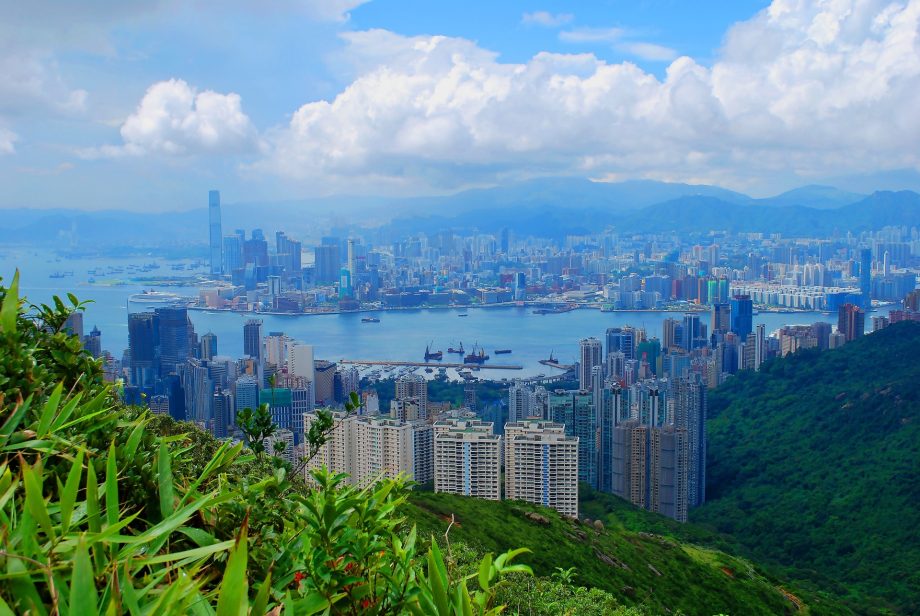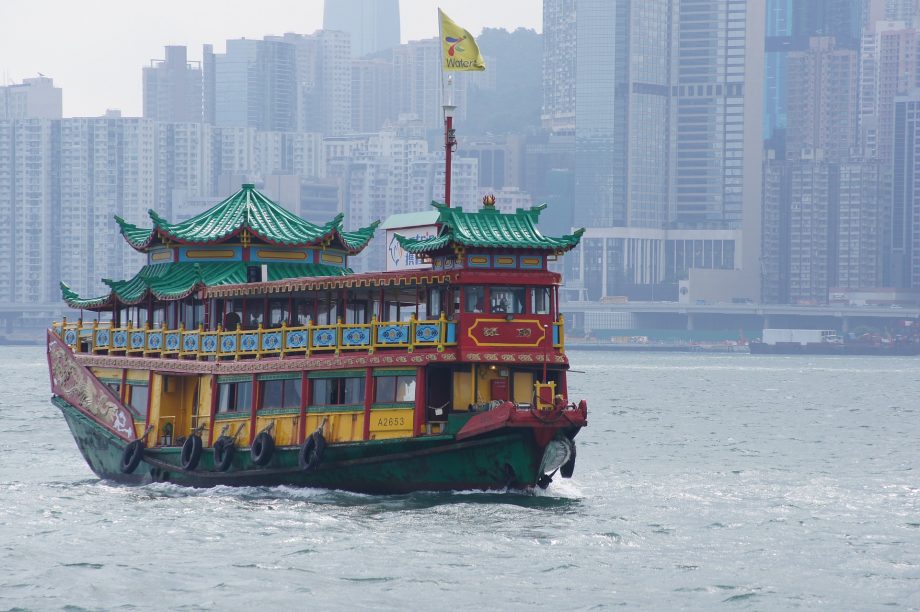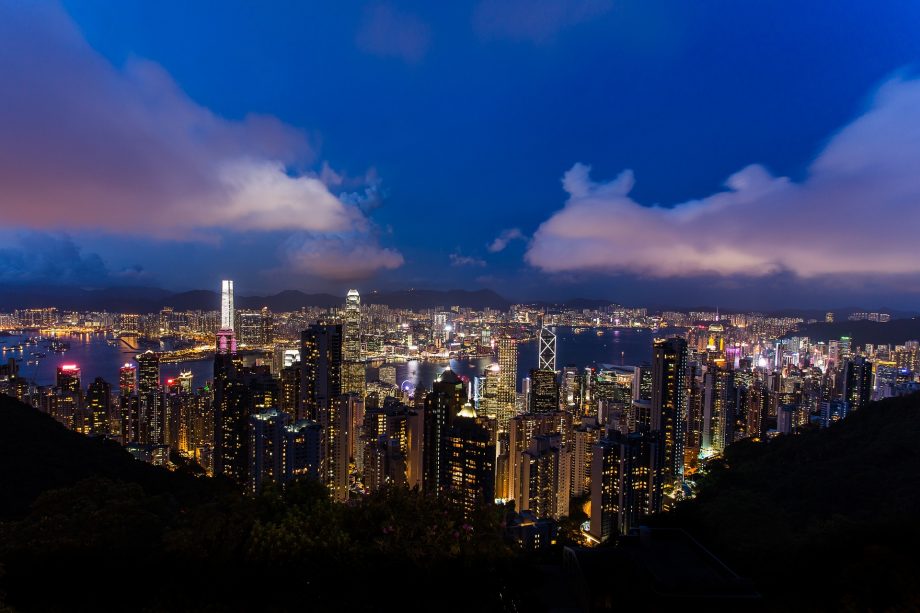Visit Hong Kong

Hong Kong History
In 1839, Britain invaded China to crush opposition to its interference in the country’s economic and political affairs. One of Britain’s first acts of war was to occupy Hong Kong, a sparsely inhabited island off the coast of southeast China. In 1841, China ceded the island to the British, and in 1842 the Treaty of Nanking was signed, formally ending the First Opium War.
Britain’s new colony on the island of Hong Kong flourished as a trading centre and as the commercial gateway and distribution centre for southern China. In 1898, Britain was granted an additional 99 years of rule over Hong Kong under the Second Convention of Peking. In September 1984, after years of negotiations, the British and the Chinese signed a formal agreement approving the 1997 turnover of the island in exchange for a Chinese pledge to preserve Hong Kong’s capitalist system. On 1st July 1997, Hong Kong was peaceably handed over to China in a ceremony attended by numerous Chinese and British dignitaries.
Hong Kong Culture – What To Expect
People of Hong Kong – The population of Hong Kong is formed of Cantonese, Shanghainese, British, Indians and Jews mainly. Cantonese is the majority and Cantonese culture is the mainstream there. Many Chinese concepts like ‘family solidarity’, ‘family glory’, ‘saving face’ and ‘modesty’ carry significant weight in Hong Kong’s culture. On the other hand, many locals have adopted western ways of life. Hong Kong culture was born out of a fusion of East and West. It not only kept many Chinese traditions, but also experienced and welcomed in western culture. This situation led to the diversity of its culture now the people are very open-minded and accept variety.
Language – Cantonese is used most widely. Since the city’s reversion to China in 1997, local government has adopted the ‘biliterate and trilingual’ policy. That’s to say, Chinese and English are regarded as the official languages; Cantonese, Chinese Mandarin and English are all widely spoken languages.
Holidays – In the city, people celebrate the Chinese traditional holidays, such as Chinese New Year, Ching Ming Festival (Qing Ming Festival) and Mid-Autumn Festival. They also indulge in Western Holidays too and have a holiday on Good Friday, Eastern Monday, Christmas Day and other western festivals.
Cantonese Opera – Cantonese opera is a highly respected art form that blends Chinese legends, music and drama into an exciting performance. The city values Cantonese opera and it provides a variety of training on Cantonese opera to its people. For instance, the Chinese University of Hong Kong offers a course on Cantonese opera. Additionally, in recent years, the English version of Cantonese opera came into being, which is proving very popular with foreigners.
Religious Beliefs – Taoism, Buddhism, Christianity, Islam and other religious beliefs exist in the region. Buddhism and Taoist temples are very common there. The Taoist concept of Fung Shui, or ‘Wind and Water’, is believed in by many locals – it is a 3,000 years old system of geomantic divination, teaching humans how to achieve harmony with the forces of nature and change, allowing them to grow in well-being and prosperity.
Getting Around Hong Kong
Getting around Hong Kong, even for those who don’t speak Chinese, is very easy. There are plenty of ways to get around, whether it’s by taxi, ferry, rail, bus or tram. The city claims one of the world’s safest, most efficient and frequent public transport systems. As in Tokyo or Bangkok, Hong Kong signs are all in English, allowing for ease of passage. In addition, almost 1,000 pink and blue directional signs, posted on streets and intersections throughout Hong Kong, point to attractions and points of interest (signs in rural areas are green). Transportation is also extremely cheap. If you want to hire a car it’s made even easier for you because they drive on the left, like we do.
Hong Kong Neighbourhoods
Central District – This is where the story of Hong Kong begins. It originally began life as a small port and a community was established here by the British in the 1840s. Named “Victoria” in honour of Queen Victoria, the community quickly grew into one of Asia’s most important financial and business districts. Today the area known as the Central District, but usually referred to simply as “Central”, remains Hong Kong’s nerve centre for banking, business, and administration. If there is a heart of Hong Kong, it lies here, with a few traces of its colonial past remaining. Restaurants and bars here cater to Hong Kong’s white-collar workers, primarily in the nightlife districts known as Lan Kwai Fong and SoHo. Although hotel choices in Central are limited to the upper range, staying here makes you feel like a resident yourself, as you rub elbows with the well-dressed professional crowds. Yet Central is also packed with traditional Chinese restaurants, an outdoor market, and the neon signs of family-run businesses.
Lan Kwai Fong – Named after an L-shaped street in Central, this is Hong Kong’s premier nightlife and entertainment district. Filled with restaurants and bars in all price categories, it’s a melting pot for people mostly in their 20s and 30s, from expat bankers and chuppies (Chinese yuppies) to Chinese nouveau riche and backpackers.
Victoria Peak – Hong Kong’s most famous mountaintop, Victoria Peak, has long been Hong Kong’s most exclusive address, ringed by gated villas. Cooler than the steamy streets of Central below, Victoria Peak, often called simply ‘the Peak’, was the exclusive domain of the British and other Europeans. Even nannies had to have the governor’s permission to go there, and the only way up was by sedan carried by locals or by hiking. Today, the Peak is much more easily accessible thanks to the Peak Tram, and it affords Hong Kong’s best views of Central, Victoria Harbour, and Kowloon.
Mid-levels – Located above Central on the slope of Victoria Peak, the Mid-Levels has long been a popular residential area for Hong Kong’s yuppies and expat community. Its modern apartment buildings, panoramic views, lush vegetation, and cooler temperatures make it a much sought after address. To accommodate the sea of white-collar workers who commute down to Central every day, the world’s longest escalator links the Mid-Levels with Central, an ambitious project with 20 or so escalators and moving sidewalks (all free) stretching for half a mile.
SoHo – This dining and nightlife district which flanks the Central-Mid-Levels Escalator, is popular with local residents and those seeking a quieter, saner alternative to the crowds of Lan Kwai Fong. Dubbed SoHo for the region “south of Hollywood Road,” it’s an ever-growing neighbourhood of cafe-bars and intimate restaurants specialising in ethnic and innovative cuisine, making it one of the most premier destinations on Hong Kong’s culinary and nightlife map.
Western District – Located west of Central, the Western District was the traditional commercial centre for Chinese businesses. Spreading over a large area that includes Sai Ying Pun, Sheung Wan, and Kennedy Town, it’s a fascinating neighbourhood of Chinese shops and enterprises and is one of the oldest, most traditional areas on Hong Kong Island. Its narrow streets and tiny shops sell traditional herbs, ginseng, medicines, dried fish, antiques, and other Chinese products.
Sheung Wan – This neighbourhood in the Western District, bordered by Victoria Harbour to the North, Central to the East, Sai Ying Pun to the West, and the Mid-Levels to the South, is home to an MTR station (Sheung Wan station) and the Macau Ferry Terminal. This is where the British landed, in 1842, on what is now called Possession Street.
Tsim Sha Tsui – At the southern tip of Kowloon Peninsula is Tsim Sha Tsui, which, after Central, rates as Hong Kong’s most important area for tourists. This is where most visitors stay and spend their money, since it has the greatest concentration of hotels, restaurants, and shops. In fact, some Hong Kongers avoid Tsim Sha Tsui like the plague, calling it the “tourist ghetto.” It does boast a cultural centre, an art museum, Kowloon Park, one of the world’s largest shopping malls, a nice selection of international restaurants, a buzzing nightlife, and Nathan Road, appropriately nicknamed the “golden mile of shopping.”
Jordan & Yau Ma Tei – If you get on the subway in Tsim Sha Tsui and travel north two stations, you’ll reach the Yau Ma Tei district. In between Tsim Sha Tsui and Yau Ma Tei is Jordan. Like the Western District, Jordan and Yau Ma Tei are very Chinese, with an interesting produce market, jade market, and the fascinating Temple Street Night Market. Several modestly priced hotels are located here, making this a good alternative to tourist-oriented Tsim Sha Tsui.
Food in Hong kong
You can’t go to Hong Kong without trying some of the local cuisine. Hong Kong food is mainly influenced by Cantonese cuisine, non-Cantonese Chinese cuisine (especially Teochew, and Hakka, Hokkien and the Jiangsu & Zhejiang), the Western world, Japan, and Southeast Asia. The variety is unreal, from the roadside stalls to the most upscale restaurants, Hong Kong provides an unlimited variety of food to suit every palate and budget.
.
Fancy going to Hong Kong?
Get the best hotel, car hire and flight deals to Hong Kong with The Global Circle Club
Already a member of The Global Circle Club? Login to your member account to get the best hotel, car hire and flight deals. Not a member yet? Sign up for free membership, no membership fees, no hidden fees, over 280,000 hotels worldwide where you can save up to 40% on hotel rates and more…


